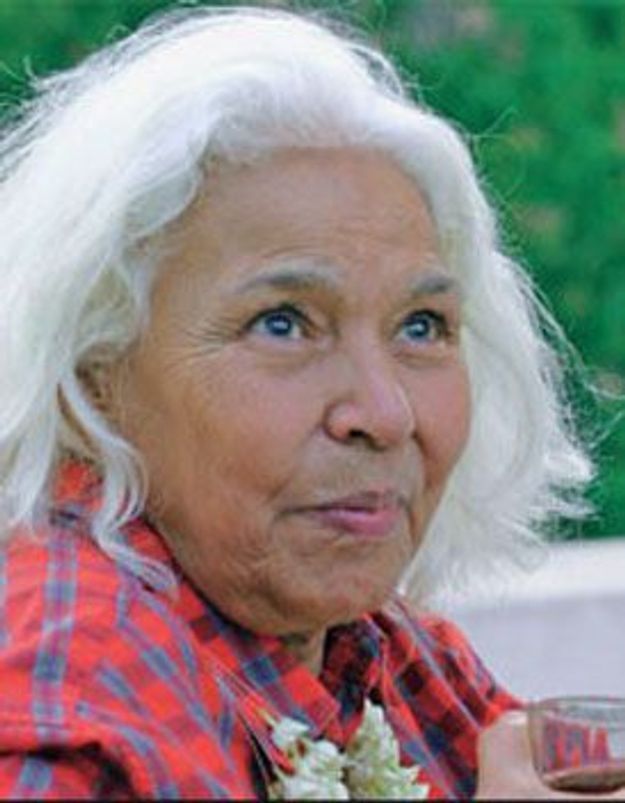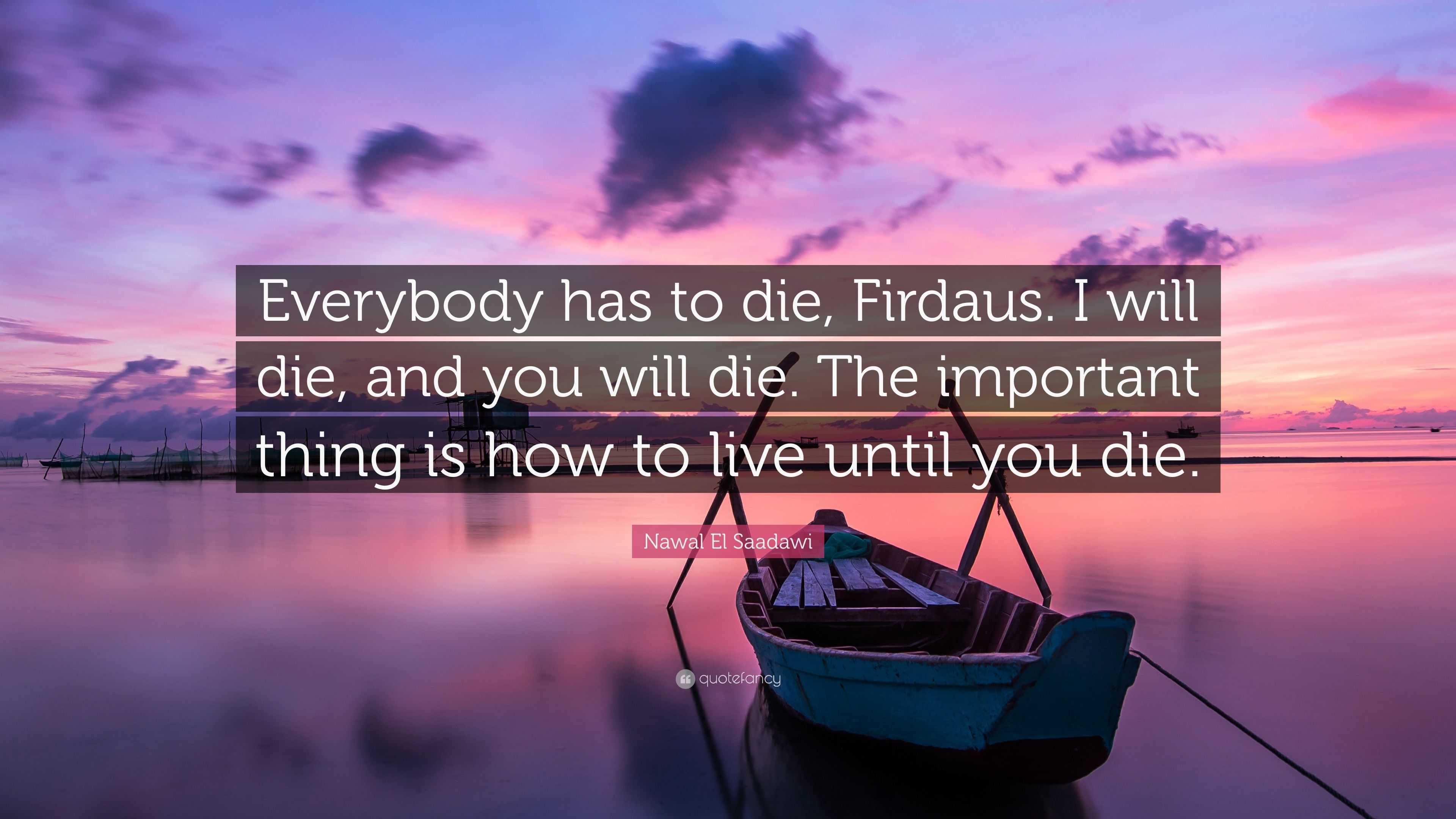

They dug their long nails into my flesh and I would close my lips tightly trying to stifle any expression of pain, to hold back a scream. I turned my head away, but they insisted on pulling it back, on burying my nose in the smell of their bodies. Their swollen heavy paunches hung down with too much food, and their sweat ran copiously filling my nostrils with a foetid smell, like stagnant water, as though it had been held back in their bodies for a long time.

For they were all married, all educated, all carrying swollen leather bags, swollen leather wallets in their pockets. I could not understand where they could possibly have come from. In this article, I argue that the male oriented justice system criminalizes Firdaus and gives her the maximum sentence of death to permanently silence her and thwart her struggle for liberation through physical and moral attacks on the male hegemony and religious idiosyncrasy of her society.There were so many of them.

Consequently, her refusal to live and her fearlessness of death when sentenced to die by the Egyptian court of law symbolize her resolve to achieve freedom and dignity not in her phallocentric society but in death. Firdaus kills Marzouk, the pimp, to free herself and achieve total liberation. Using Frantz Fanon’s theory of violence, the article discusses Firdaus’ use of women’s liberative violence to extricate themselves from men’s captivity. The focus is on class oppression, male hegemony, and deception. It applies Nawal El Saadawi’s strand of feminism, particularly the theory’s main tenet of the links among patriarchy, class, and religion, to examine the systems responsible for women’s oppression. This paper analyzes Firdaus’ life of captivity by the forces of oppression right from childhood to womanhood and eventually to prison awaiting execution for committing murder. Firdaus’ dichotomy of the male and female gender into criminals and prostitutes respectively is the focus of the discussion in this article.

Firdaus, the woman protagonist in the novel, after a careful observation of her own life and the status of women in her patriarchal society, postulates that men are criminals and women are prostitutes. This article examines the male-female gender dichotomy in Nawal El Saadawi’s Woman at Point Zero.


 0 kommentar(er)
0 kommentar(er)
